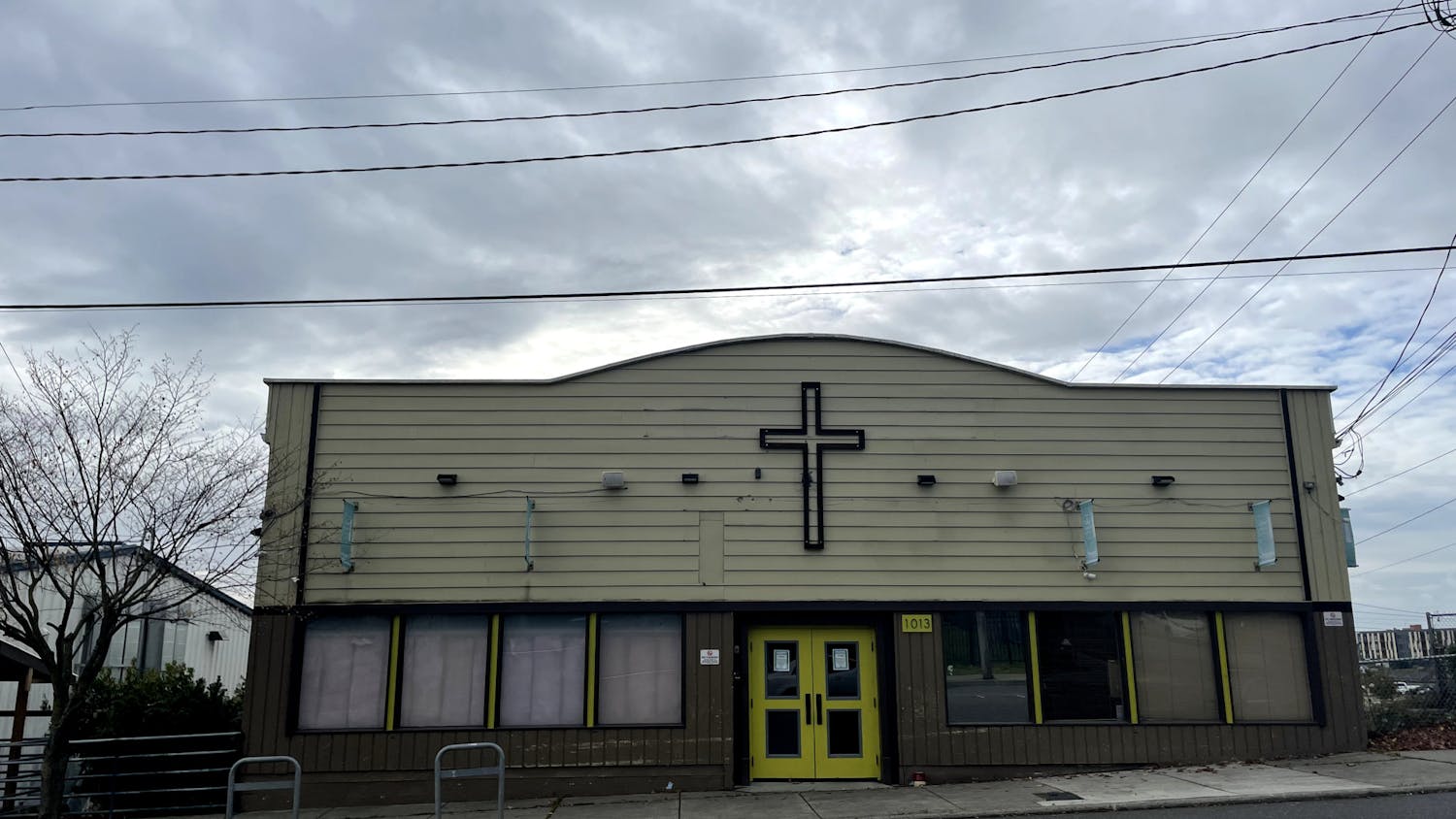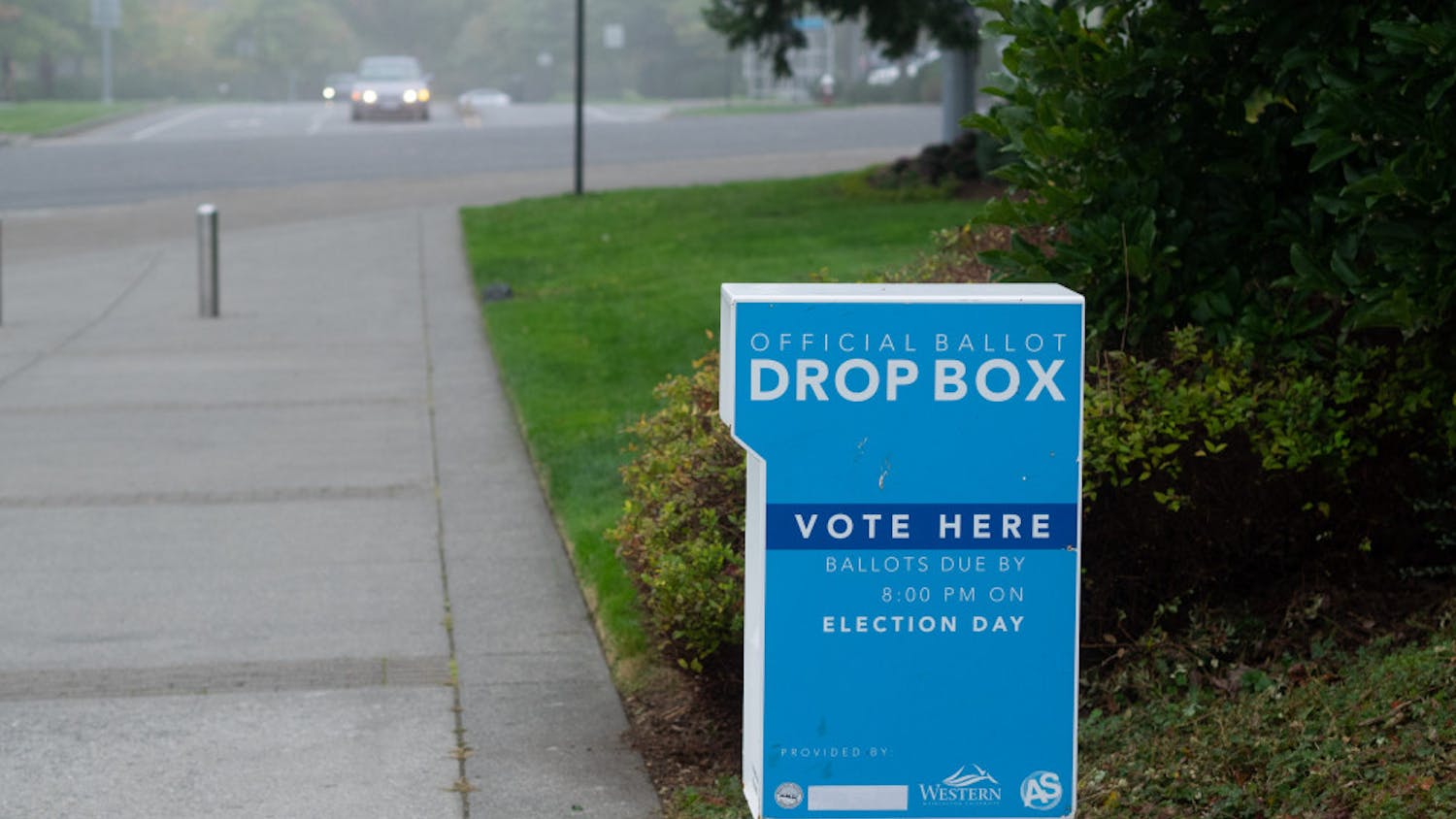An average winter low temperature in Bellingham is around 30 degrees, the prime temperature for hypothermia. According to the National Weather Service, hypothermia is possible even at temperatures between 30 and 50 degrees. Hypothermia occurs due to “prolonged exposure to very cold temperatures. When exposed to cold temperatures, your body begins to lose heat faster than it is produced,” according to the CDC website.
If not treated with urgency, hypothermia will lead to a cold and untimely death.
People who are homeless are among the highest risk for hypothermia, according to the CDC.
With winter fast approaching, what steps are being taken in Bellingham to keep the homeless off the street during the frigid nights? This coming winter, the city, with some help from the county, is working with local nonprofit organizations and community churches to provide sufficient shelter for the homeless in preparation for sub-freezing temperatures like last year.
Alongside Lighthouse Mission, the city is partly funding two full-season shelters, and the Whatcom County Health Department is coordinating with four local churches to create emergency overnight shelters.
“[Last winter] we pretty much rode the line of capacity significantly,” Executive Director of Lighthouse Mission Hans Erchinger-Davis said. “This year we anticipate even more, sooner reaching the capacity.
Toward the end of October, we noticed ourselves getting up to the 150 mark for the drop-in center. A year ago, at the end of October, we [were] at 130. And so we have some concerns that we're going to hit capacity sooner this year than last year.”
The Lighthouse drop in center can hold up to 150 residents at night and all five Lighthouse facilities combined can sleep 250, Erchinger-Davis said. Lighthouse accepts men, and women and children but separates by gender or by family at night.
“I think what we have in place this year might just be enough in terms of the number of beds available,” said Michael Lilliquist, city council member and member of the county's homeless strategies work group. According to Lilliquist, the reason why there are only four emergency shelters is because it was not a predetermined number, and those churches volunteered their services.
Last year the collection of churches, led by Lighthouse Mission, were the ones who coordinated to provide emergency shelters while the city operated the Civic Center, Erchinger-Davis said. This year the county took lead on the emergency shelters, playing a larger role in this winter than last winter.
"In the past I think the county has failed to fully recognize their centrality in dealing with homelessness, in particular with shelter services, but this is improving," Lilliquist said. “Whether or not you freeze to death in the winter is a health crisis that should be handled by the health department.”
But what happens when Lighthouse Mission and the Civic Center are filled? Where can the homeless go next and how do they know what has vacancy? This is where the emergency shelters come into play. The four emergency shelters, located in Christ the King Church, Fountain Community Church, Garden Street United Methodist Church and Seventh Day Adventist Church, open if the outside temperature, including wind chill, drops below 28 degrees and all other shelters are at capacity.
People who are homeless are encouraged to call (360)788-7983 to find which emergency shelters will be open that night. Starting Nov. 1, an emergency winter shelter hotline will be updated daily.
“We find there's a lot of word-of-mouth, they know what's available and if things are still up and they hear about it from their friends,” Erchinger-Davis said. “[The homeless] will oftentimes find other solutions for themselves.
They might stay with somebody in a motorhome or they might have that one spot that only they know about.” Jason Lenhart, who has been homeless on-and-off for the last four years, spent his winter last year not in a shelter but on a boat, though he still thinks that more warm places are needed over the winter.
“I think one of the hardest things during this time of the year as it gets into winter is [helping] people stay warm,” said Lenhart. “It would probably be a good idea if they were able to find a bigger building or even a couple smaller buildings for us to stay in because sometimes during the winter we can only fit so many people here, and then sometimes during the winter we had to turn some people away. We had a couple people we had to do that to last year and they ended up not making it through the winter.”
The best way to help out this winter is to volunteer, Lilliquist and Erchinger-Davis said. Lighthouse Mission receives no money from the city and thus, thrives on donations and volunteers. “We never received any government money, and we need a lot of financial support,” Erchinger-Davis said. “It’s always nice to have a donation of hats and socks.”
“One of the things that's holding us back from opening up more shelters -- or for that matter may hold us back in terms of the current shelters -- is volunteer burnout,” Lilliquist said.





